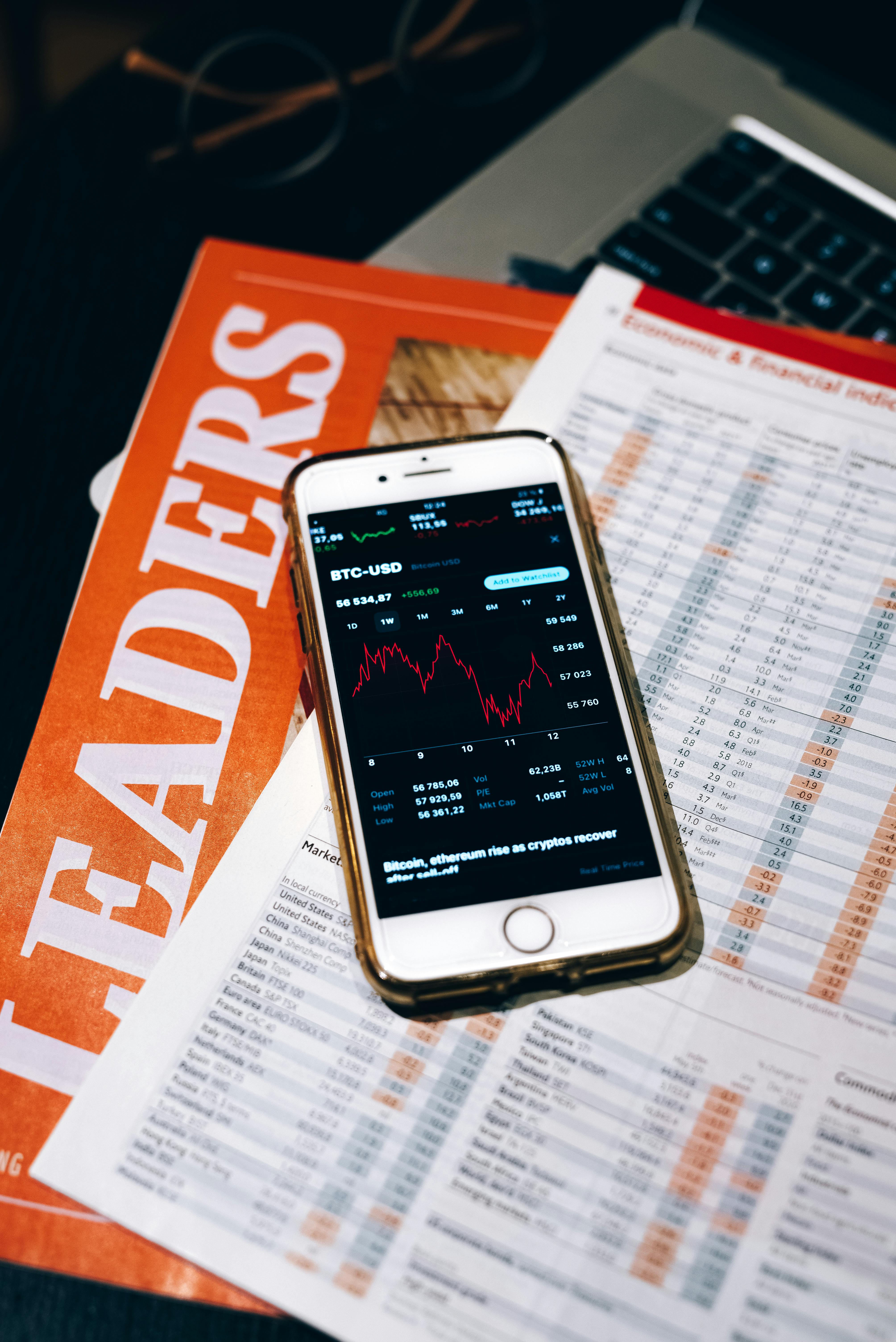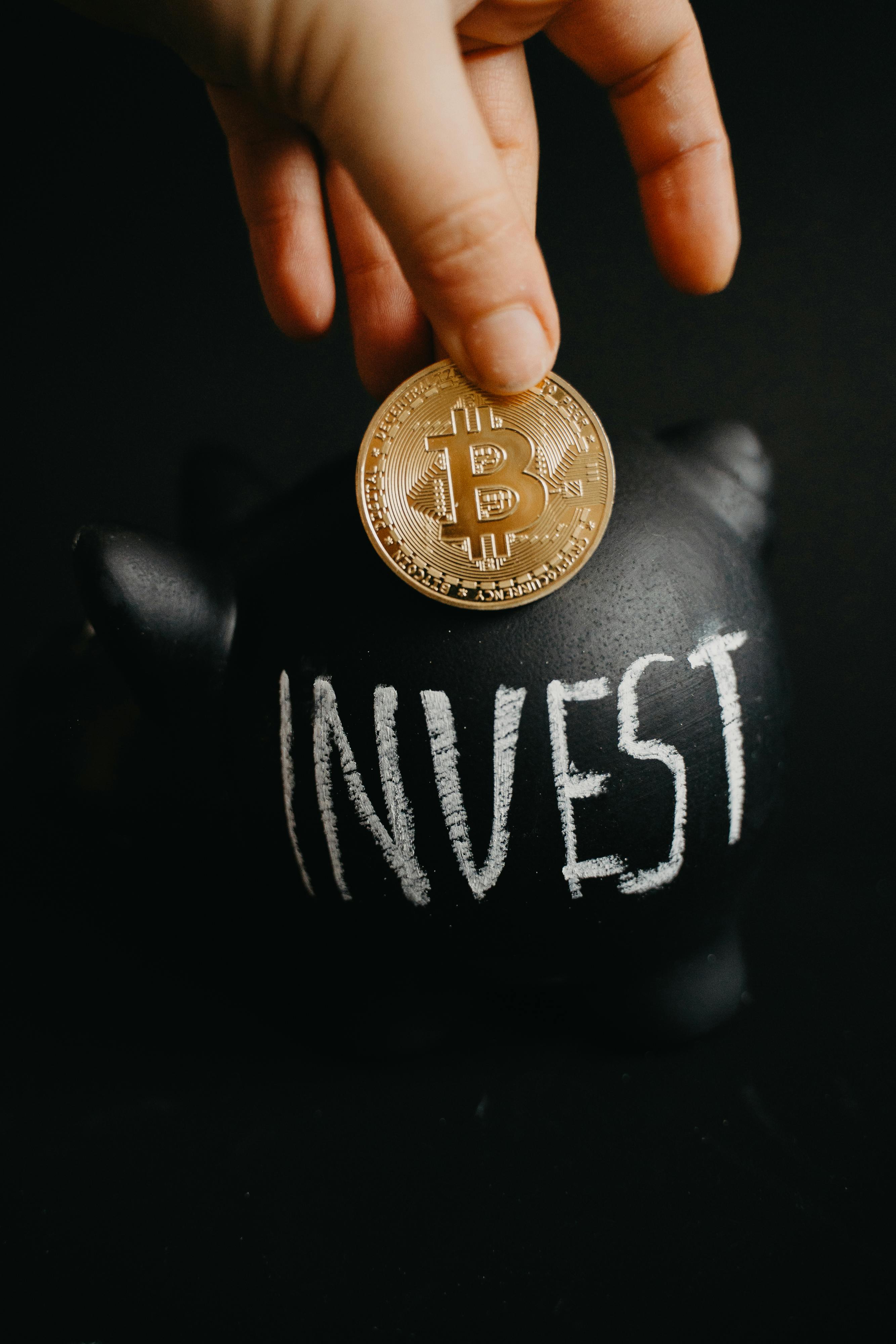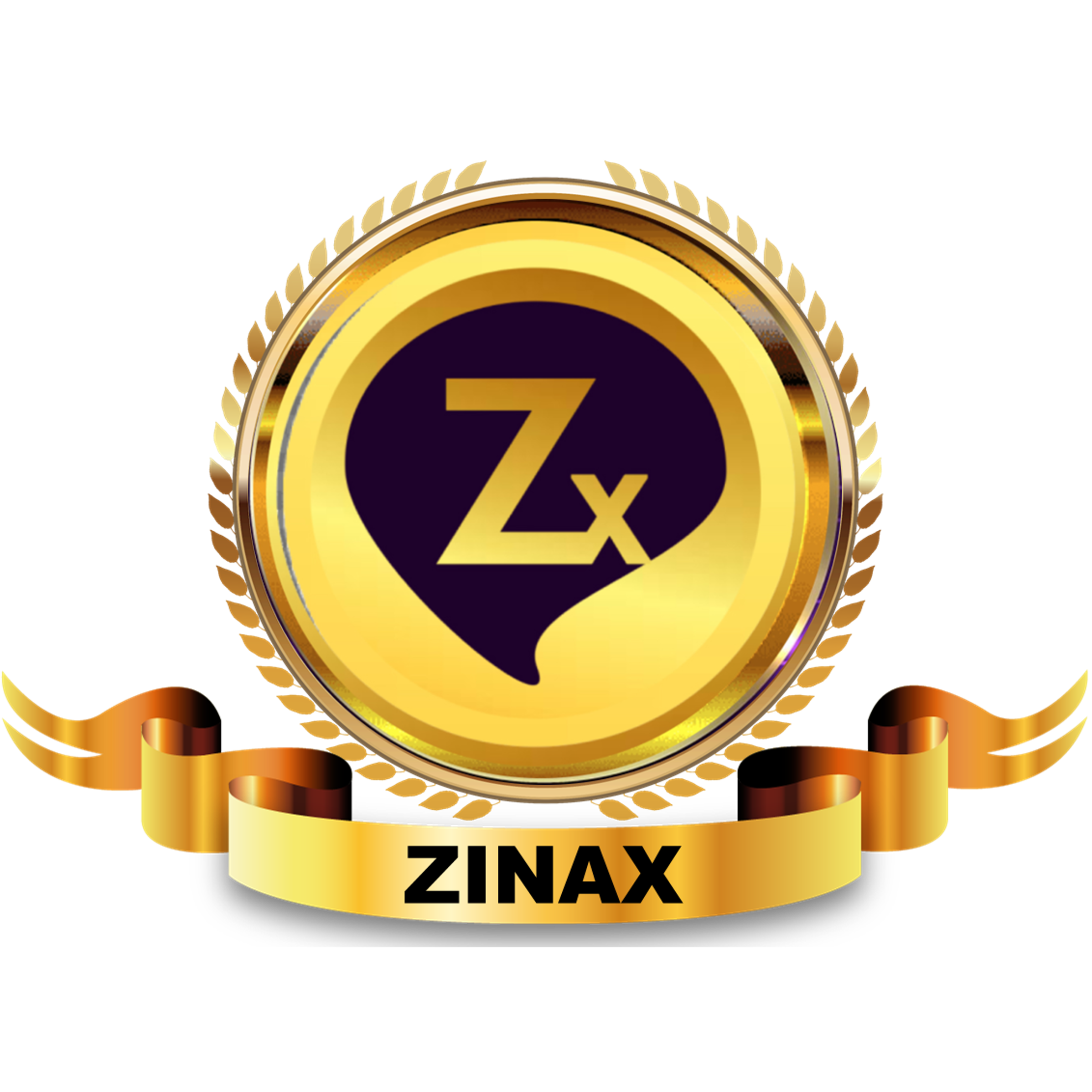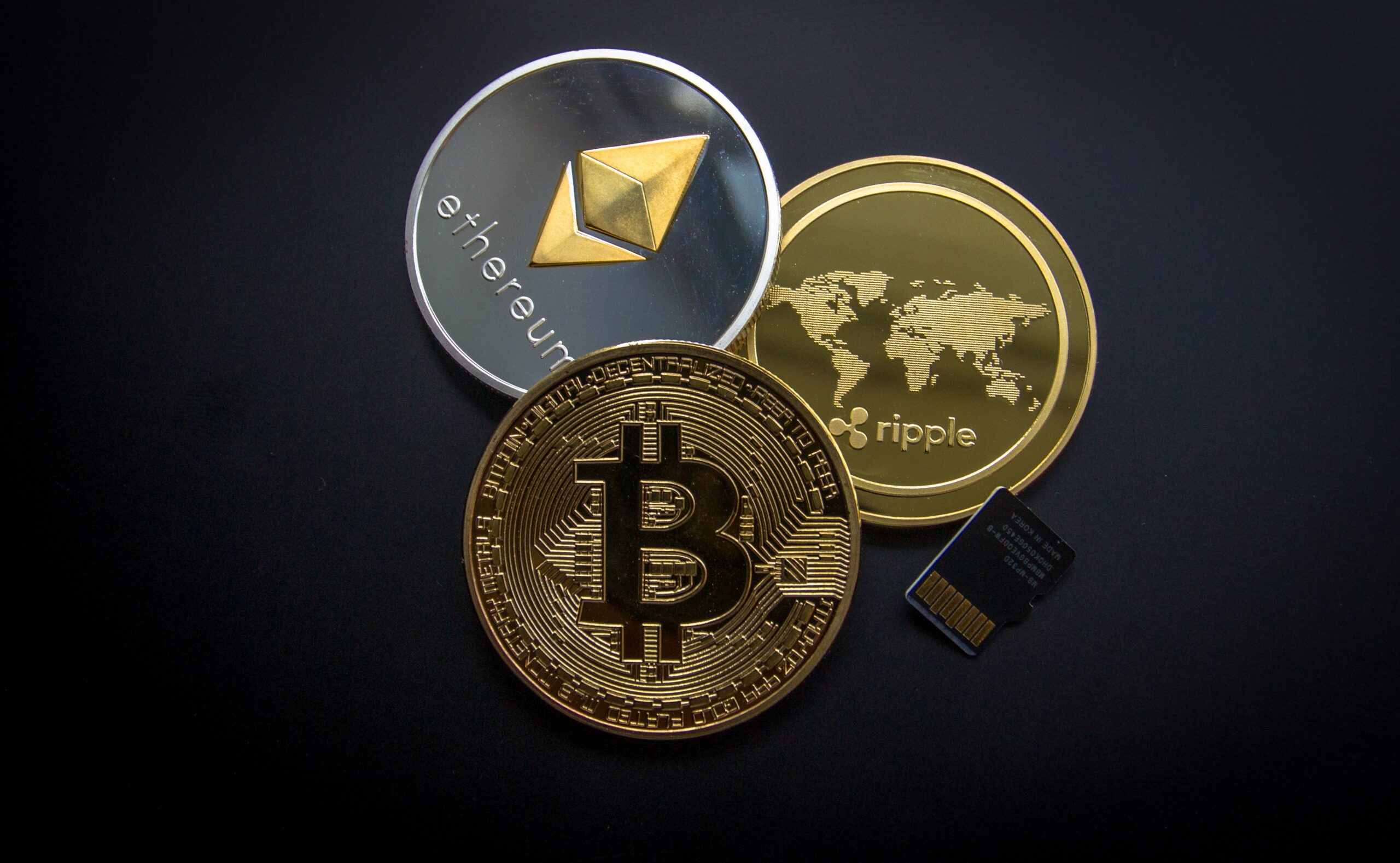A cryptocurrency is a digital or virtual currency that is secured by cryptography, which makes it nearly impossible to counterfeit or double-spend.
Andy Grow

We know it can be tough when you’re new. This guide is here to gently introduce you to some of the key concepts you need to kick-start your journey into the world of blockchain tech.
Without further ado, let’s dive down into the subject of the day
There’s no need to understand all this – applications you use will do all the heavy lifting. You won’t even know what’s going on under the hood.
Cryptocurrencies come in different types and usecases. There are payment tokens, native tokens, governance tokens, reward tokens, exchange currencies, non-fungible tokens and lot more.
What's a cryptocurrency?
A cryptocurrency is virtual representation of money, built on the blockchain. You can use it to pay for items online, subscribe for services or hold it in a wallet as your savings. Because cryptocurrency is digital, it can also be sent to friends and family anywhere in the world.
Well, not really. It’s way more interesting!
You see, traditional monetary systems are owned by organizations. They hold your money for you, and you need to get their permission to transfer it on your behalf when you want to spend it.
In cryptocurrencies, there isn’t an organization. You, your friends, and thousands of others can act as your own banks by running free software. Your computer connects with other people’s computers, meaning you communicate directly – no middlemen required!
To use cryptocurrency, you don’t need to sign up for a website with an email address and password. You can download a wide variety of apps onto your smartphone to begin sending and receiving within minutes.
What is Bitcoin?
Bitcoin provided the foundation for many other cryptocurrencies. Some were based on the same software, while others took a very different approach. Ok, but what’s the difference between all the cryptocurrencies?
To even make a list of all the different cryptocurrencies would take us weeks. Some are faster than others, some are more private, some are more secure, and some are more programmable.
Before investing your money into a particular project, make sure you do your due diligence.
See also:
In the next section, we’re going to talk about the technology that the vast majority of digital currencies are based on, known as blockchain.

Photo by Pexels
What is a blockchain?
A blockchain is just a database. It isn’t a particularly sophisticated one, either – you could create it in a spreadsheet with minimal effort.
And that’s it! Since each fingerprint points back to the last one, you end up with a chain of blocks. Or – as the cool kids like to call it – a blockchain.
Is that it?
Underwhelmed? That’s fair. The innovation here isn’t some cumbersome alternative to Google Sheets. It’s that everyone can download blocks from other people on the network to build identical copies of the blockchain on their computers. That’s what the software we mentioned earlier does.
Suppose that you and your friends Alice, Bob, Carol, and Dan are running the software. You might say “I want to send five coins to Bob.” So you send that instruction to everyone else, but the coins aren’t sent to Bob immediately.
Carol might decide at the same time to send Alice five coins. She also sends her instruction out to the network. At any time, a participant can gather up the pending instructions to create a block.
If anyone can make a block, what stops them from cheating?
It probably seems very attractive to you to create a block that says “Bob pays me a million coins.” Or to start buying Lamborghinis and fur coats from Carol by making transactions with funds you don’t own.
Well, that’s not how it works. Because of some cryptography, game theory, and something called a consensus algorithm, the system prevents you from spending funds you shouldn’t be able to spend.
What is Crypto Trading?
As you might have heard, blockchain and cryptocurrencies are already used in a lot of different areas. Undoubtedly, one of the biggest current use cases is speculation.

Photo by CDC / Unsplash
Trading generally implies a shorter-term approach to generating profit. Traders may jump in and out of positions all the time. But how do they know when to get in and out?
One of the most common ways to make sense of the cryptocurrency market is through an approach called technical analysis (TA). Technical analysts look at price history, charts, and other types of market data to find bets that have a good chance of returning a profit.
You must be dying to get started right away. And technically, you could. It’s that easy! But, like most things worth pursuing, trading is hard! It would take us a long time to talk about all that you need to keep in mind.
Warning: array_pop() expects parameter 1 to be array, null given in /home/zinaqnrg/public_html/wp-content/plugins/cmsmasters-elementor-addon/modules/template-pages/widgets/post-navigation.php on line 617







Warning: array_pop() expects parameter 1 to be array, null given in /home/zinaqnrg/public_html/wp-content/plugins/cmsmasters-elementor-addon/modules/template-pages/widgets/skins/post-comments-custom.php on line 345